Cevan Forristt
Extant
345 South 19th Street, San Jose, California, 95116, United States
The garden is not open to the public.
About the Artist/Site
Born Kevin Abbott in Palo Alto, at the age of 18 a numerologist convinced the young Californian that people with interesting names lead more interesting lives, so he changed his own (“Cevan” is still pronounced like “Kevin,” however). He studied art and design at San José State University, and works actively in the fields of interior and garden design. (He credits his “real education,” however, as coming from “the university of the world.”) His work has been featured in the New York Times, and his website notes that he was the “winner of Garden Design Magazine’s Golden Trowel award in 2006. [In his work he] draws from a wealth of experience gained in extensive travels throughout Asia and a background in stage and set design. He likes to design and build gardens that are a ‘private country,’ expressing his clients’ vision and reflecting their lifestyle in a magical way. Earth, water, stone, and light are the elements he combines with plantings to create outdoor environments that are beautiful and inspiring, places where one can entertain, play or meditate….His personal style focuses on an eclectic mix of antique stone, ethnic treasures and reclaimed architectural artifacts incorporated with custom-designed contemporary architectural elements. He specializes in seamlessly unifying the interior and exterior, expanding the living space while providing privacy….“
Forristt’s university training was enhanced by taking classes in stage set design, sculpture, and ceramics; he was looking for something more “kooky” than the standard classes required for his degree in landscape design with its interminable classes on plant taxonomies. He was also, at a very early age, intrigued with Asian cultures, thanks in part to neighbors from Japan and China while he was growing up in Menlo Park, a city near Palo Alto and about 25 miles to the northwest of San José. Yet while some of the spaces Forristt has created for clients are soothing, inspirational, and magical, his designs for his own home and garden cross the line from design to full-fledged art environment.
One might easily pass this site by, purchased by Forristt in 1989, because the entire frontage is hidden behind a simple but solid wooden fence and a dense stand of timber bamboo, cut only by an intriguing portal that opens up to two monumental handmade teak gates ornamented with rusted iron hinges and salvaged copper sheeting. From the exterior, there is absolutely no sense of the mystery and magic within the small quarter-acre site. Neither does the house itself, set toward the back, reflect much of its 1870 history, as it has been opened up and melded with the gardens in a way possible only in certain enviable Mediterranean climates.
A Christian Science Monitor article described his home garden as being “peopled by maybe the greatest collection of architectural and ethnological stone this side of, oh, Easter Island.” Forristt readily admits that his collections are drawn from all over the world: pre-1906 earthquake stone from San Francisco, including 800 tons from the rectory of the old Grace Cathedral; 100 tons from China; other stones and fragments from Bali, India, Laos, Cambodia, and Vietnam. There are stone gargoyles, Greek-key frieze fragments, fragments of stone acanthus leaves, Javanese gods, and Chinese dragons. Much is “ethnically anonymous,” as he describes it, evoking impressions of Asian highlands and islands, of pre-Columbian monuments, and of private paradises of the South Seas. A bust of Buddha is inset into a stone wall; exotic fruit and citrus trees, ferns, and bushes curl around gates, urns, and statuary from his travels in Asia. A 13-foot-long horse trough from China, hand-hewn Corinthian columns from the time of California’s gold rush, and a lotus pond nearby an old persimmon tree nestle into the landscape. His aim is to make the collected works look “unearthed,” and a “surprise,” and he does so with theatrical drama and intensity, but also adding “some bling and glam where you are least expecting it.”
The gardens move seamlessly into the shell of the old house, which he jacked up eight feet, and for which he built a new basement and solid foundation. Wooden secular and sacred monuments share space with spinning lights set against the walls, recycled timber, windows, and architectural fragments repurposed and set in surprising ways. Integrating biopermeable hardscapes, drip irrigation systems, and drought-resistant native plants ensure that his gardens are green and sustainable as well. Just minutes from the center of Silicon Valley, this is a private paradise that is truly a world unto itself.
~Jo Farb Hernández, 2015
Contributors
Map & Site Information
345 South 19th Street
San Jose, California, 95116
us
Latitude/Longitude: 37.3393296 / -121.8676686
Nearby Environments



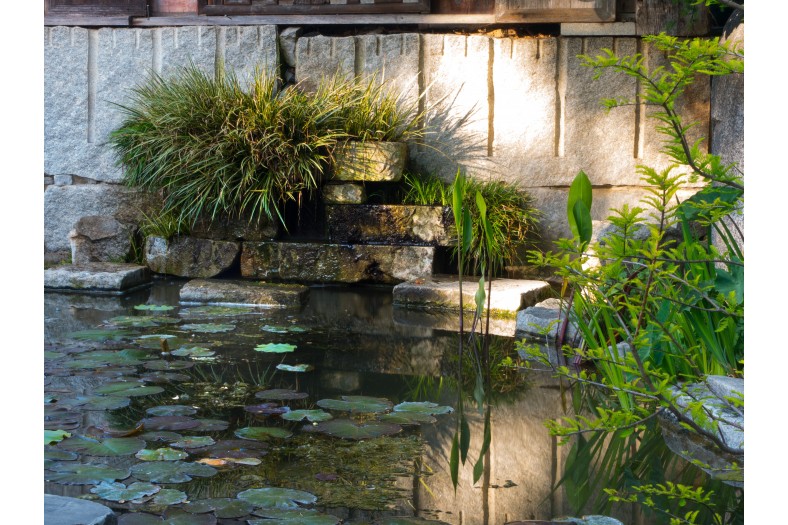
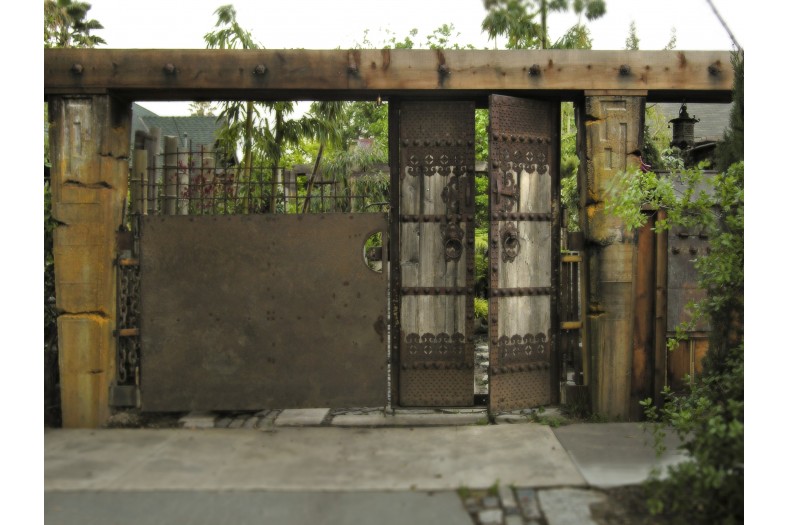
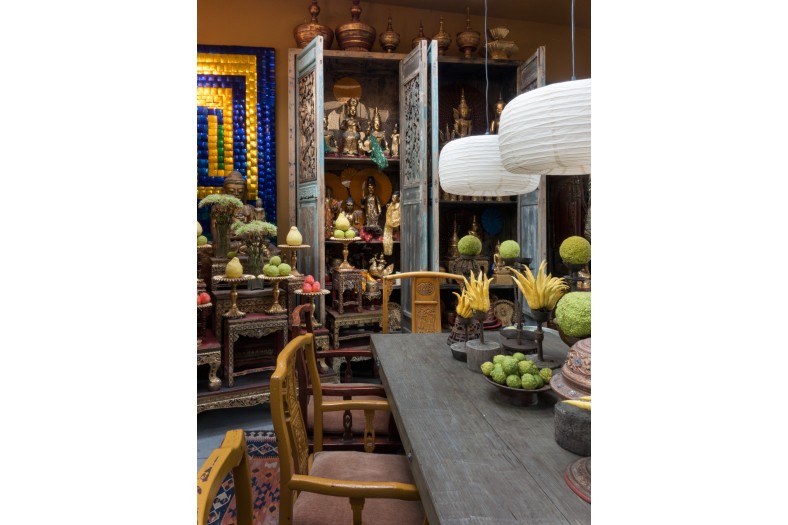
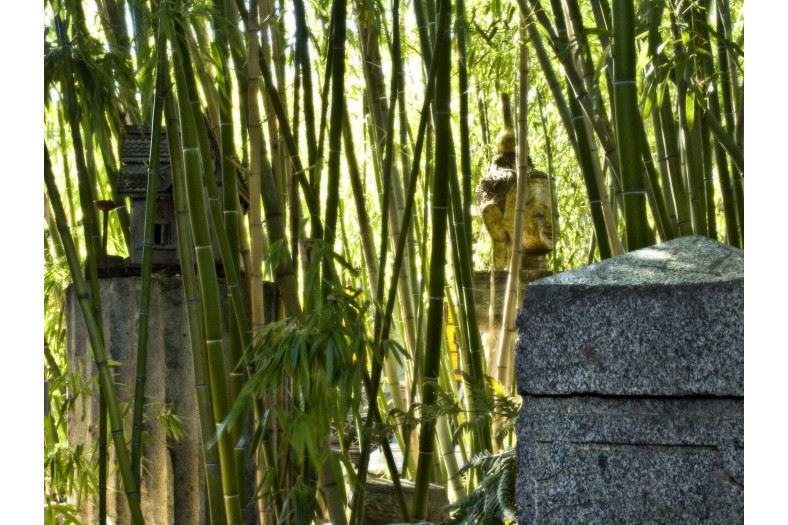
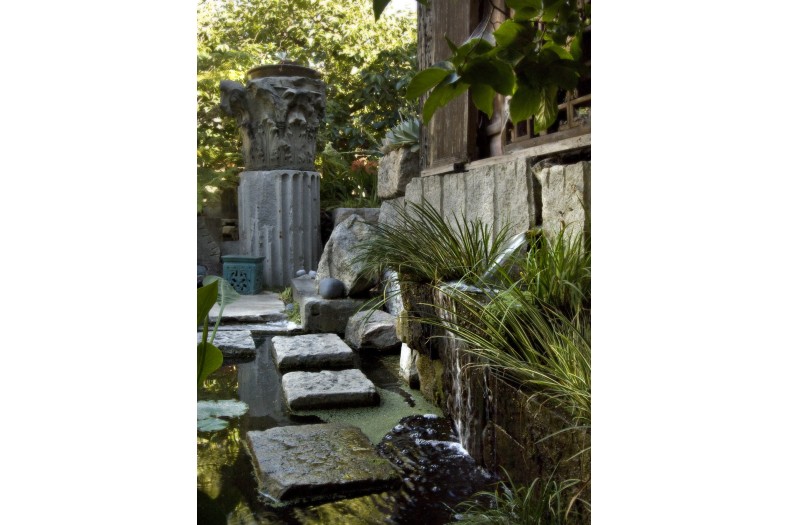
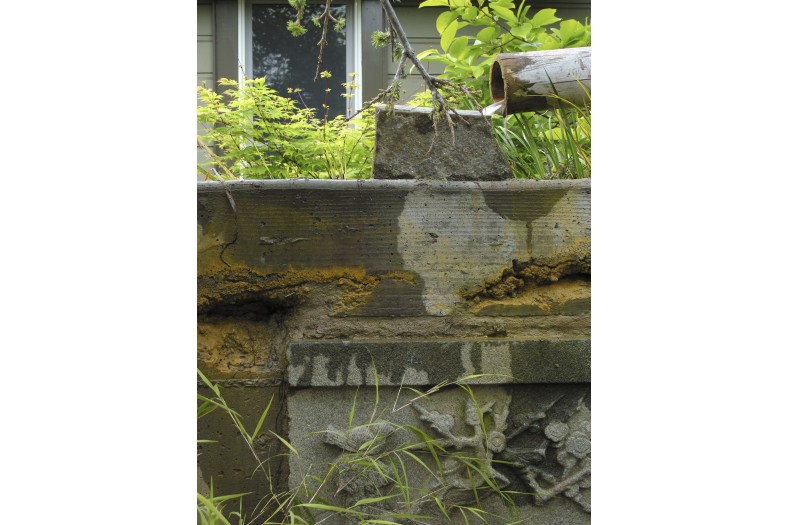
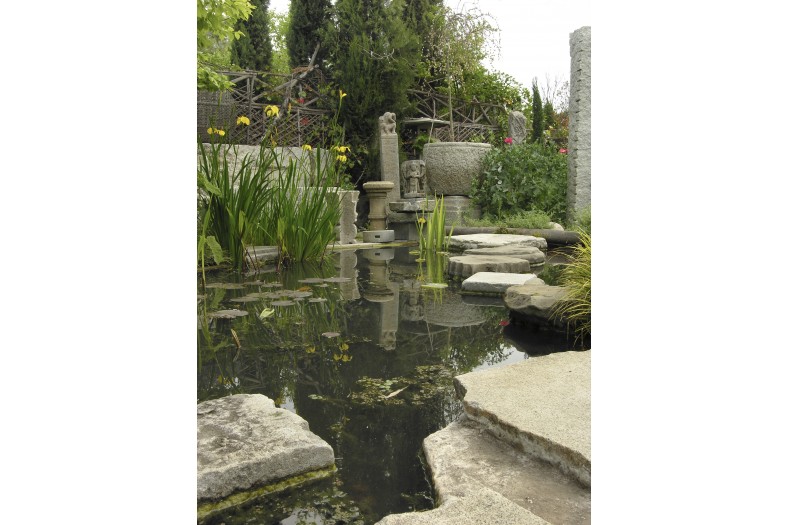

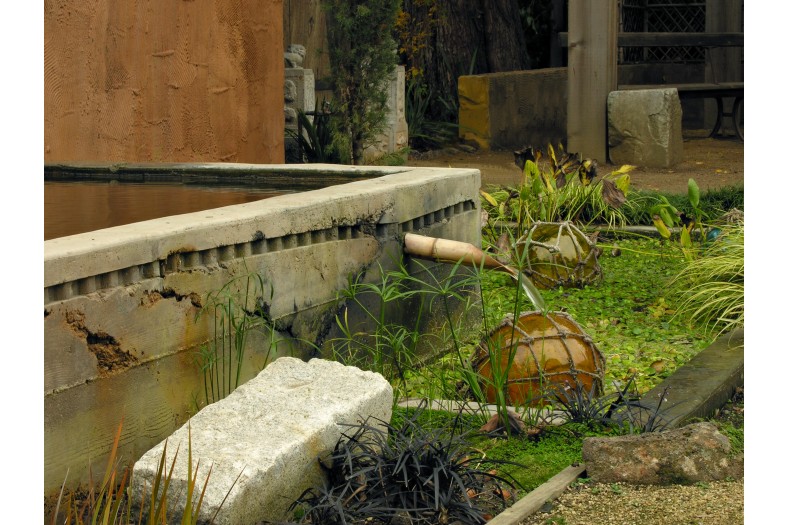

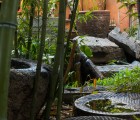
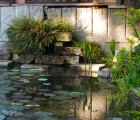
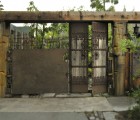
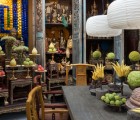
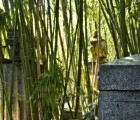
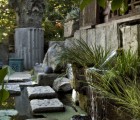
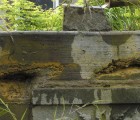
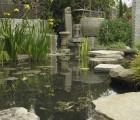
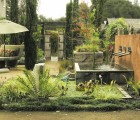
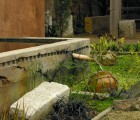
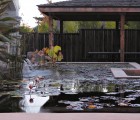

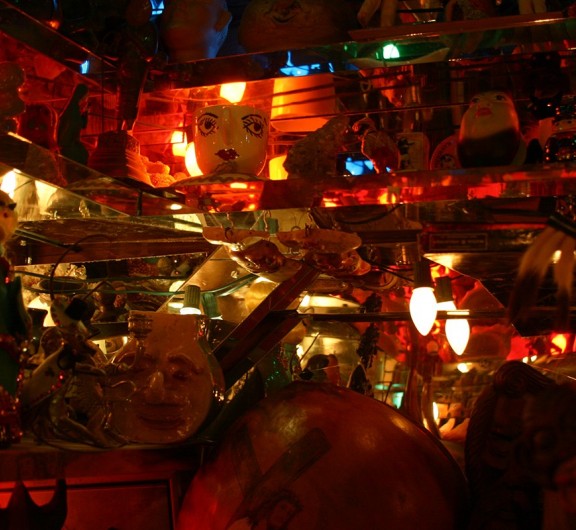
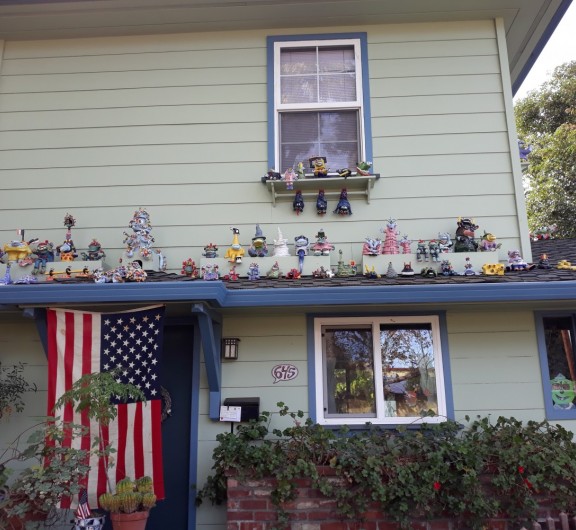
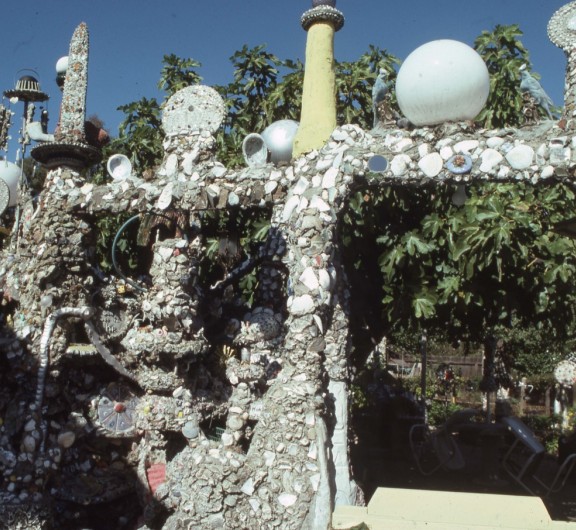
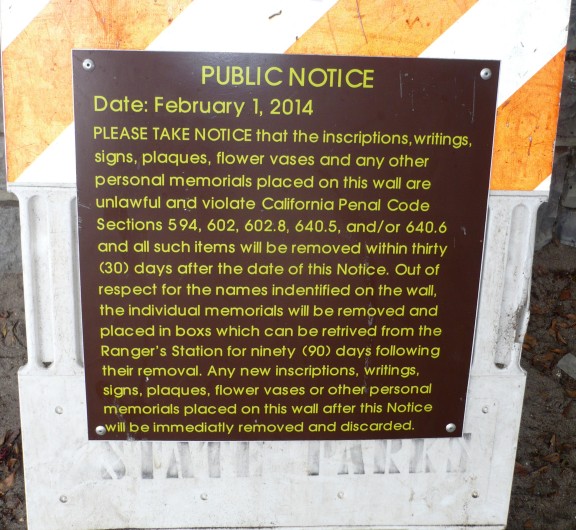


Post your comment
Comments
No one has commented on this page yet.